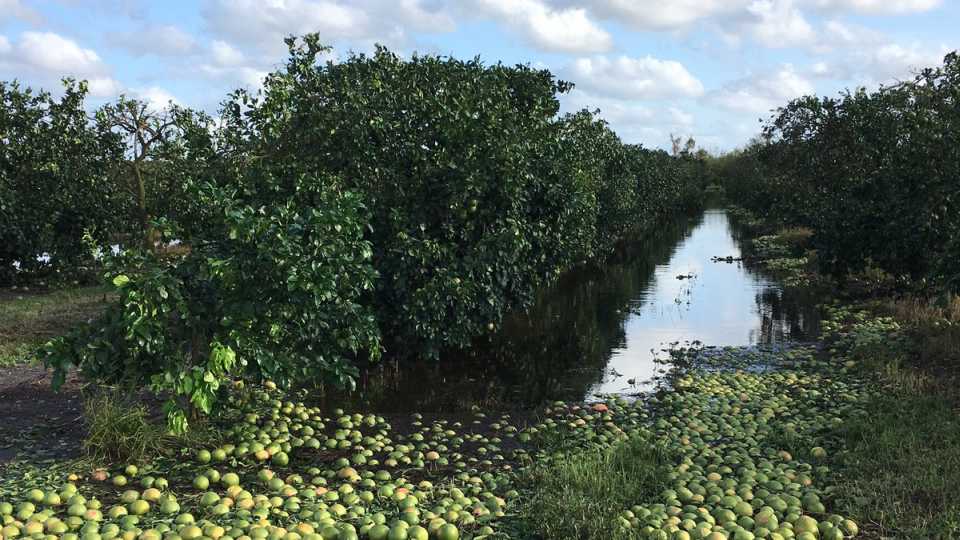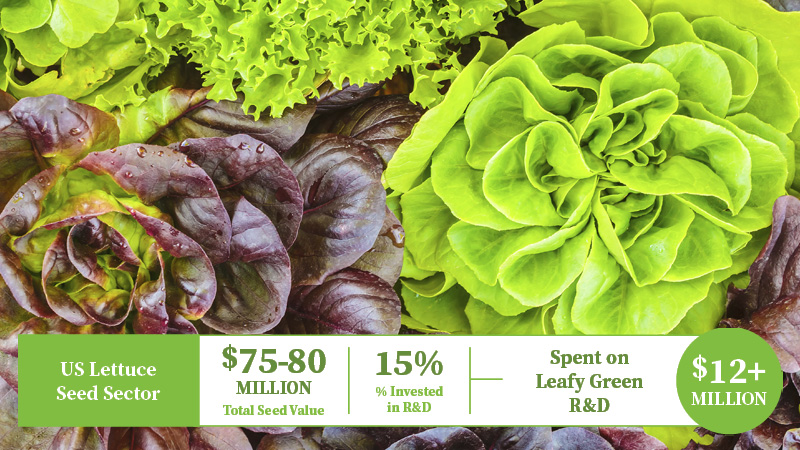Are We There Yet? Florida Citrus Growers Want to Know

Unfortunately, Hurricane Irma further magnified the Florida citrus industry’s ongoing struggle with HLB.
Photo by Monica Ozores-Hampton
[Editor’s Note: This article was written before Hurricane Irma’s impact]
Anyone who has ever embarked on a long road trip with a child has heard the question: Are we there yet? I asked it as a kid. You asked it. We all have. The impatience for a long, monotonous journey to come to an end is built into our DNA.
That is clearly how we all feel when it comes to HLB. Since production figures began falling off the map, we have been asking: Have we hit the bottom yet? There are hopeful signs in some groves where trees are looking healthier and fruit load looks good. With postbloom fruit drop subsiding after a couple of epic seasons, could we see a yield increase over last year?
Economist Dr. Elizabeth Steger thinks so. Her annual crop estimate is the first sign of what we might expect in terms of production beyond observations among growers and others out in the groves. Using several different methods, Steger has predicted a 2017-2018 crop of 33.4 million boxes for early-midseason fruit, including Navels, and 42.1 million boxes of Valencias — totaling 75.5 million boxes. That would mark a 10% increase in total production and an 18% increase in Valencia.
It would be great news if Steger’s estimate proves true. We’ll see if USDA’s official estimate next month follows suit. As for observations in the groves, Steger noted in a news release that trees look healthier with full green foliage. And, tree fruit counts give hope there is light at the end of the tunnel to reverse the declining production trend.
What could be accounting for this glimmer of hope? Bactericides became available for use — with heavy industry backing — in spring 2016. While the registrants of the products and researchers cautioned that it may take time for the products to have a cumulative effect of reducing HLB titer in trees, growers are beginning to worry about their performance.
I wrote an article in the August issue of Florida Grower® magazine that included reporting on a presentation given by Tom Jerkins, President and General Manager of Premier Citrus, during the Florida Citrus Industry Annual Conference in Bonita Springs. He presented data on the performance of bactericides in the company’s Valencia orange groves (neither Hamlin nor grapefruit were included in comparison). The presentation and data showed less-than-stellar results with the antimicrobial materials to boost the health and yields of HLB-infected citrus trees.
However, upon deeper digging into the company’s data, Jerkins asked for podium time at the recent Citrus Expo in Ft. Myers to correct the record. He said the comparison was a yield change from the previous year to the next. The presentation in Bonita Springs only accounted for the aggregate data of the large-acre trial. When the time of harvest is considered, Jerkins said a positive trend with the bactericide-treated trees versus the control could be spotted.
In mid-March, the bactericide treated acres showed as much as a 17% yield advantage over the control. As the harvest season continued and fruit drop began to occur across all acres, the yields began to drop below year-over-year levels.
“Just looking at the aggregate block data and ignoring the harvest timing, you miss that,” he said. “I believe this is pretty meaningful. Again, this is a comparison over six counties and more than 1 million trees, so I am pretty comfortable as a manager taking the position that we saw around a 10% yield impact with bactericides.”
So, are the bactericides partly behind this more rosy forecast? Maybe. Or, could it be in the words of grower Glenn Beck that the only common thread in all the HLB-management programs that seems to matter is time? Trees have to decline from the disease then slowly come back with a good nutrition and management program.
So, are we there yet — at the bottom? Not sure anyone would dare to answer that just yet, but let’s hope so.










